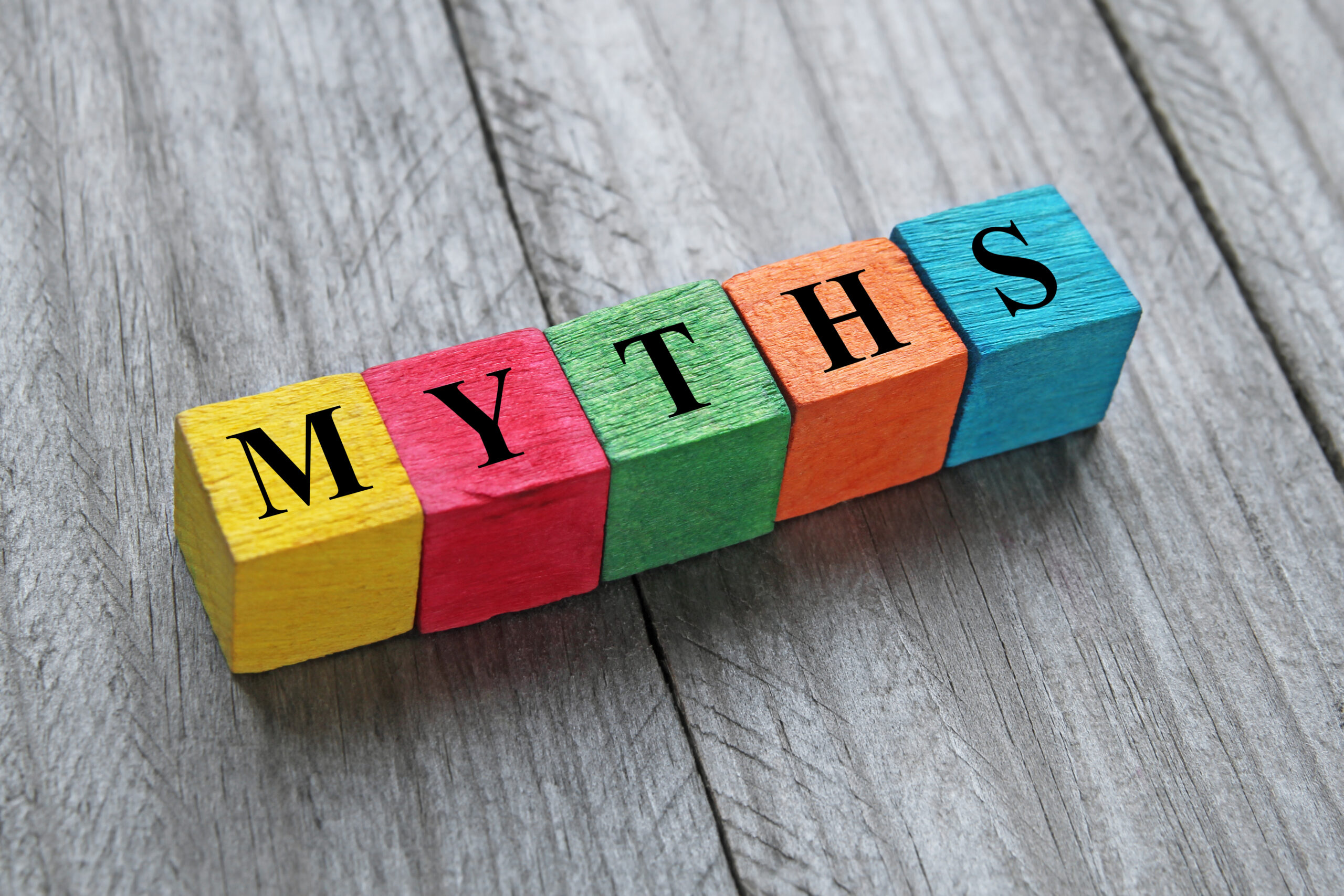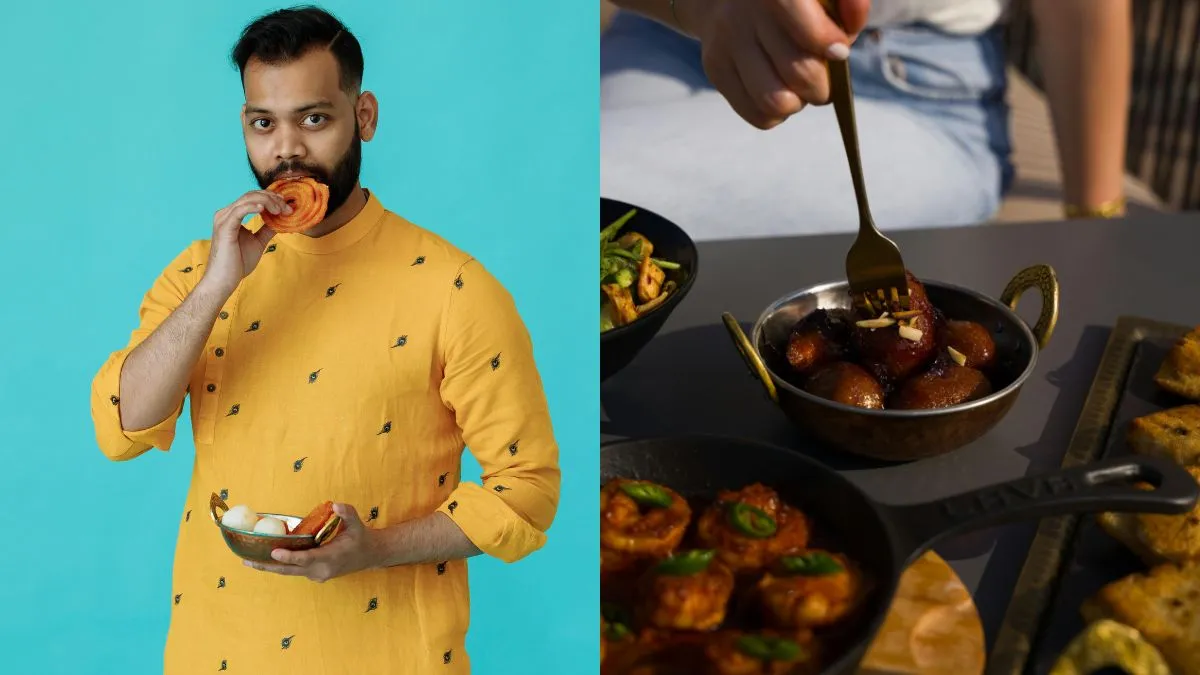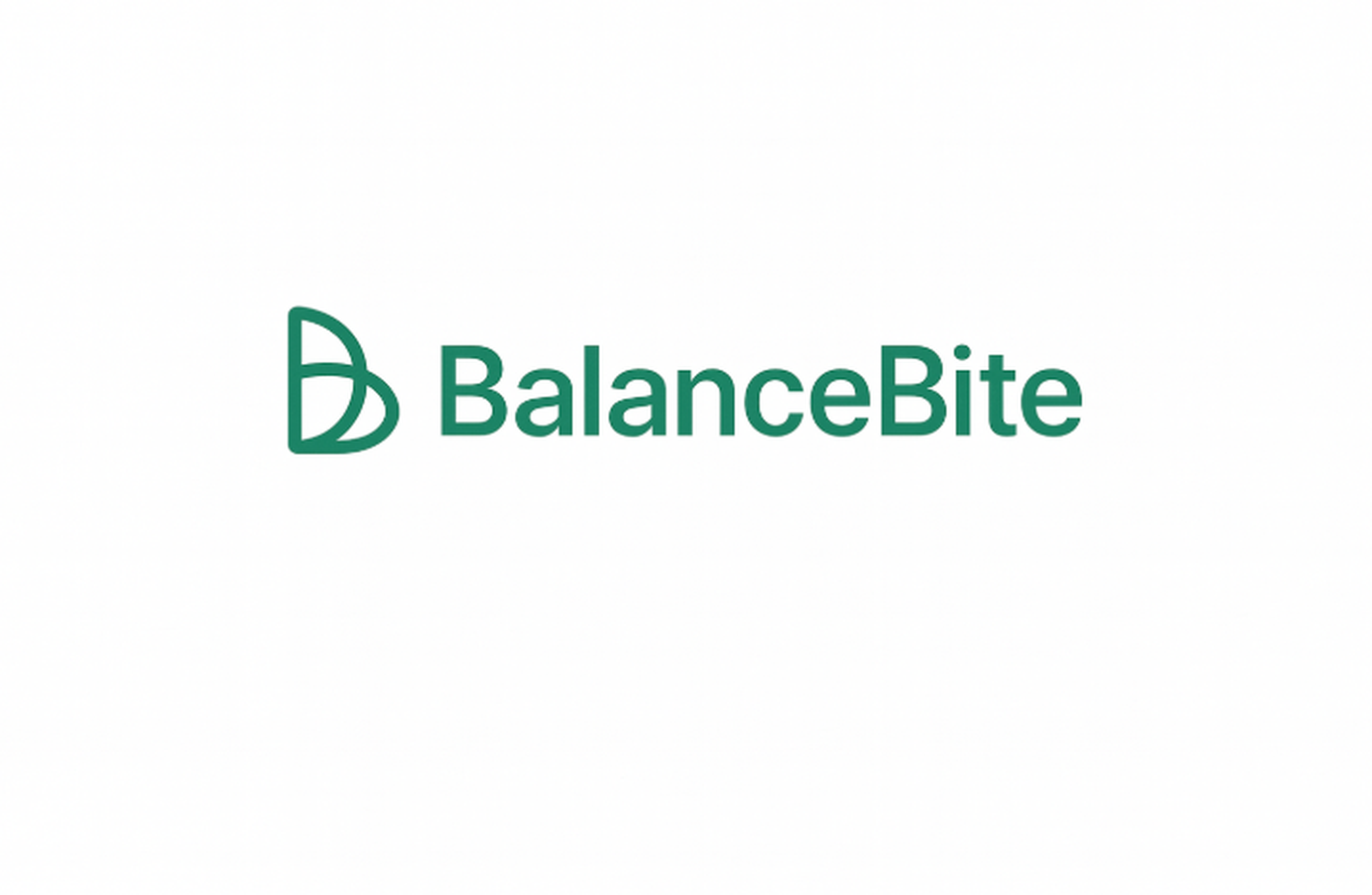Lose Weight Smartly with a 1600 Calorie Diet Plan, Indian Chart( Free Nutritionist Tips Inside)
Discover how a 1600 Calorie Diet Plan (Indian) can help you lose weight. Includes weekly meal chart, portion tips, and free guidance from nutrition experts.
Struggling to lose weight without giving up your favorite Indian meals?” You’re not alone. The thought of cutting out rice, roti, or dal often makes dieting feel impossible. That’s where a 1600 Calorie Diet Plan Indian Chart can help — it allows you to enjoy familiar foods while keeping calories in check.
This plan is simple, balanced, and designed for everyday Indian eating. With the right portions and smart swaps, you can lose weight without starving or relying on crash diets.
In this article, you’ll find a 7-day meal plan, practical food swaps, expert tips, and success stories — everything you need to start losing weight the smart way.
What is a 1600 Calorie Indian Diet and Who Should Follow one?

A 1600 calorie diet plan (Indian style) is a calorie meal plan that gives around 1600 calories each day. It is made for people who want to lose weight with regular Indian foods while keeping meals simple and balanced.
Who Should Avoid This Diet?

Some groups of people should not try a 1600 calorie diet because their nutritional needs are higher.
-
Children, teenagers, and pregnant women need more calories, proteins, and vitamins for proper health. They must include milk, eggs, fish, and fruits daily.
-
People who are very physically active or training for muscle growth need more protein intake and fats. A 2200 calorie or higher plan works better for them.
Others should also be careful.
-
Anyone with medical conditions like thyroid or diabetes should not depend only on calorie counting. Poor fat consumption or low carbohydrates can harm sugar levels. A registered dietitian is best to guide them.
-
People looking for a quick fix or crash diet may lose energy and harm long-term health. A calorie diet should never be extreme.
Who Benefits from a 1600 Calorie Diet?

This diet plan works well for adults who want steady weight loss and better health. It gives enough energy while helping the body to lose fat.
It is useful for:
-
Office workers or sedentary people with higher current weight who want to lose fat slowly.
-
Anyone who wants to avoid sugar, cut fried foods, and use whole grains like wheat chapati, wheat roti, or whole grain bread.
-
People who replace white rice with brown rice or grain bread in meals.
For non-vegetarians, lean meat, chicken breast, or fish can be added in small portions. These give high protein for muscle growth and keep fats low. Herbal tea, fruits, or salad make a healthy snack between main meals. Skim milk or low fat milk can also improve fat consumption balance.
Common Myths About Low-Calorie Diets in India

Many myths stop people from trying a calorie meal plan. Knowing the truth helps you eat better.
-
Myth 1: You must give up Indian foods. Truth: You can still eat dal, vegetables, roti, grains, and fruits. Portion size is what matters, like 1 cup rice instead of a big plate.
-
Myth 2: You will always feel hungry. Truth: A sample meal plan with three main meals and 1–2 snacks can keep you full. Salad, eggs, or fruits give steady energy.
-
Myth 3: A calorie diet has no protein or healthy fats. Truth: Protein intake comes from milk, chicken, lean meat, and eggs, while healthy fats come from olive oil and nuts.
-
Myth 4: The meals are boring. Truth: A 1600 calorie diet chart can include breakfast, lunch, and dinner options with whole grains, vegetables, fish, chicken, and fruits. Every week, you can change foods and still enjoy variety.
1600 Calorie Indian Diet Chart (Weekly Meal Plan) for Healthy Weight Loss
Here’s a 7-day calorie meal plan designed to help you lose weight while enjoying familiar Indian foods. Each day has vegetarian, non-vegetarian, and vegan versions so you can pick what suits you best.
Day 1
-
Veg:
-
Breakfast: 2 wheat chapati + curd + salad
-
Lunch: 1 cup brown rice + dal + mixed vegetables + fruits
-
Snack: Herbal tea + roasted chana
-
Dinner: Wheat roti + paneer curry + salad
-
-
Non-Veg:
-
Breakfast: 2 boiled eggs + wheat bread + milk
-
Lunch: 1 cup rice + chicken curry + vegetables
-
Snack: Fruit bowl + green tea
-
Dinner: Wheat roti + fish curry + salad
-
-
Vegan:
-
Breakfast: Oats with almond milk + fruits
-
Lunch: Brown rice + chana masala + vegetables
-
Snack: Herbal tea + peanuts
-
Dinner: Wheat roti + tofu curry + salad
-
Day 2
-
Veg:
-
Breakfast: Poha with vegetables + milk
-
Lunch: Wheat roti + rajma + salad
-
Snack: Fruit bowl + herbal tea
-
Dinner: Vegetable khichdi + curd
-
-
Non-Veg:
-
Breakfast: Egg omelet + 2 wheat roti + milk
-
Lunch: Brown rice + chicken breast curry + vegetables
-
Snack: Sprouts + green tea
-
Dinner: Wheat chapati + fish fry (not deep fried) + salad
-
-
Vegan:
-
Breakfast: Dalia with vegetables + soy milk
-
Lunch: Wheat roti + black chana curry + salad
-
Snack: Roasted makhana + herbal tea
-
Dinner: Quinoa + vegetable curry + salad
-
Day 3
-
Veg:
-
Breakfast: Idli + sambhar + fruits
-
Lunch: Wheat roti + palak paneer + salad
-
Snack: Low fat milk + roasted chana
-
Dinner: Brown rice + dal + vegetables
-
-
Non-Veg:
-
Breakfast: Boiled eggs + grain bread + milk
-
Lunch: Rice + chicken curry + vegetables
-
Snack: Fruits + green tea
-
Dinner: Wheat chapati + grilled fish + salad
-
-
Vegan:
-
Breakfast: Idli + sambhar + fruits
-
Lunch: Brown rice + rajma curry + vegetables
-
Snack: Almonds + herbal tea
-
Dinner: Wheat roti + tofu bhurji + salad
-
Day 4
-
Veg:
-
Breakfast: Upma with vegetables + curd
-
Lunch: Brown rice + dal tadka + salad
-
Snack: Fruit bowl + green tea
-
Dinner: Wheat roti + mixed vegetable curry
-
-
Non-Veg:
-
Breakfast: Egg bhurji + 2 wheat chapati
-
Lunch: Brown rice + chicken breast + salad
-
Snack: Boiled eggs + herbal tea
-
Dinner: Wheat roti + fish curry + vegetables
-
-
Vegan:
-
Breakfast: Upma with vegetables + soy milk
-
Lunch: Brown rice + dal curry + salad
-
Snack: Roasted peanuts + green tea
-
Dinner: Wheat roti + vegetable sabzi + salad
-
Day 5
-
Veg:
-
Breakfast: Vegetable paratha (low oil) + curd
-
Lunch: 1 cup rice + chole + salad
-
Snack: Fruit bowl + green tea
-
Dinner: Wheat roti + paneer curry + salad
-
-
Non-Veg:
-
Breakfast: Boiled eggs + wheat roti + milk
-
Lunch: Rice + chicken curry + vegetables
-
Snack: Sprouts + herbal tea
-
Dinner: Wheat roti + grilled fish + salad
-
-
Vegan:
-
Breakfast: Vegetable paratha (with oat flour) + almond milk
-
Lunch: Brown rice + chana curry + salad
-
Snack: Roasted chana + green tea
-
Dinner: Wheat roti + tofu curry + vegetables
-
Day 6
-
Veg:
-
Breakfast: Vegetable sandwich (whole grain bread) + milk
-
Lunch: Brown rice + dal + vegetable sabzi
-
Snack: Fruits + herbal tea
-
Dinner: Wheat roti + mixed vegetable curry + salad
-
-
Non-Veg:
-
Breakfast: Omelet + wheat chapati + milk
-
Lunch: Rice + chicken curry + vegetables
-
Snack: Boiled egg + fruit bowl
-
Dinner: Wheat roti + grilled chicken breast + salad
-
-
Vegan:
-
Breakfast: Vegetable sandwich (grain bread) + soy milk
-
Lunch: Brown rice + dal curry + vegetables
-
Snack: Peanuts + herbal tea
-
Dinner: Wheat roti + tofu curry + salad
-
Day 7
-
Veg:
-
Breakfast: Dalia with milk + fruits
-
Lunch: Wheat roti + dal makhani + vegetables
-
Snack: Herbal tea + roasted chana
-
Dinner: Brown rice + mixed vegetable curry + salad
-
-
Non-Veg:
-
Breakfast: Egg bhurji + grain bread + milk
-
Lunch: Rice + chicken curry + vegetables
-
Snack: Fruits + herbal tea
-
Dinner: Wheat roti + grilled fish + salad
-
-
Vegan:
-
Breakfast: Dalia with almond milk + fruits
-
Lunch: Brown rice + rajma curry + vegetables
-
Snack: Roasted makhana + herbal tea
-
Dinner: Wheat roti + tofu curry + salad
-
This 7-day calorie diet chart gives you variety while keeping calories in control. Each plan — veg, non-veg, and vegan — has a balanced mix of protein, carbohydrates, and healthy fats to support steady weight loss.
Want a personalized 1600 calorie meal plan designed for your body type? Balance Bite can help you get started the right way
9 Steps to Successfully Follow a 1600 Calorie Indian Diet Plan

Following a 1600 calorie diet plan is simple if you take it step by step. These small actions help you keep your meals balanced and your calorie intake under control.
Step 1: Calculate Your Calorie and Macro Needs
Start by knowing your daily calorie intake. Everyone has a different calorie range depending on current weight, age, and how physically active they are.
Once you know the number, divide it into carbs, protein, and fats. This makes sure your diet plan is not only about calories but also about balance.
For example, a person aiming for weight loss can keep carbs moderate, protein intake higher, and fats limited to healthy fats only. This step helps avoid overeating and gives clear direction for meal planning.
Step 2: Divide Calories Across 5–6 Small Meals
Instead of eating all calories in three main meals, break them into smaller meals with snacks. This keeps energy steady through the day.
-
Breakfast → moderate carbs and protein
-
Lunch → grains, vegetables, and lean protein
-
Snack → fruits, salad, or herbal tea
-
Dinner → light meal with vegetables and protein
This approach prevents overeating and supports weight loss without making you feel hungry.
Step 3: Choose Indian Staples Wisely
Staples like rice, roti, and bread are part of most diets. The trick is to pick better options.
-
Replace white rice with brown rice or millets
-
Choose wheat chapati or whole grain bread instead of refined flour
-
Add vegetables and salad to every meal
By choosing smart staples, you can enjoy Indian foods while keeping calorie intake in check.
Step 4: Prioritize Protein in Every Meal
Protein intake is important for muscle repair and growth. It also keeps you full longer, which helps avoid overeating.
Options include:
-
Vegetarian: dal, paneer, curd
-
Non-vegetarian: chicken breast, fish, eggs
-
Vegan: tofu, beans, chana
Adding protein to breakfast, lunch, and dinner ensures steady energy and supports healthy weight loss.
Step 5: Load Up on Vegetables and Seasonal Fruits
Vegetables and fruits give vitamins, minerals, and fiber without adding too many calories. They also make meals filling.
Add a large portion of salad or cooked vegetables to lunch and dinner. Fruits make a great snack between meals.
This step reduces fat consumption from heavy foods and makes sure your calorie diet has all the nutrients needed for good health.
Step 6: Use Smart Cooking Methods
How you cook matters as much as what you eat. Avoid deep fried foods, fried chicken, and heavy gravies. These add hidden calories.
Better options include:
-
Steaming or boiling vegetables
-
Grilling lean meat or fish
-
Using olive oil for light cooking instead of excess ghee
These methods reduce unnecessary fats while keeping food tasty.
Step 7: Plan Portion Sizes Carefully
Even healthy foods can add weight if eaten in large amounts. Keep control of portion sizes to stay within your calorie range.
Use simple tricks:
-
Fill half your plate with vegetables
-
Limit rice to 1 cup per meal
-
Choose small bowls for snacks
This prevents overeating while letting you enjoy balanced meals every day.
Step 8: Stay Hydrated and Avoid Liquid Calories
Many drinks add sugar and calories without giving nutrition. Soft drinks, packaged juices, and drinks with artificial sweeteners can harm weight loss.
Instead, drink plenty of water, buttermilk, or herbal tea. Staying hydrated supports digestion, skin health, and overall energy.
Liquid calories are easy to forget in calorie counting, so keeping them low is very important.
Step 9: Track Progress and Adjust
Keep a simple check on your meals and weight. Tracking helps you know if your diet plan is working.
If progress is slow, check your calorie intake again or reduce processed foods and snacks. If you feel low on energy, add more protein or fruits.
Small changes in your plan can make it easier to follow for weeks and keep results steady
5 Healthy Indian Food Swaps to Cut Calories Without Missing Taste

Making small food swaps can help you cut calories without giving up taste. These changes fit into a daily Indian diet and support a healthier lifestyle.
Swap 1: White Rice → Brown Rice or Millets
White rice gives quick energy but little fiber. Eating it daily can increase calorie intake and slow weight loss.
Switching to brown rice or millets adds fiber and keeps you full longer. It also helps in better digestion and blood sugar control.
-
Brown rice has more nutrients than polished rice
-
Millets give steady energy and support good health
-
Both work well with dal, vegetables, or animal products like chicken or fish
This swap is easy to follow and makes the diet plan more balanced.
Swap 2: Fried Snacks → Roasted Makhana or Chana
Fried snacks like pakora or chips add unhealthy fats and extra calories. Eating them often leads to weight gain and poor health.
Roasted makhana or chana are better options. They give protein, fiber, and crunch without deep oil. These foods also improve satiety, making it easier to avoid overeating.
Simple choices:
-
Roasted makhana with a little olive oil and spices
-
Roasted chana as a quick evening snack
-
Pair with herbal tea for a light mini-meal
This swap reduces fat intake and supports a clean lifestyle.
Swap 3: Full-Fat Dairy → Low-Fat Milk, Curd, or Paneer
Full-fat dairy adds more calories and fats than your body may need. This can affect fat consumption and slow progress.
Low fat milk, curd, or paneer provide protein and calcium without excess calories. They support muscle growth and bone health.
-
Use low fat milk in breakfast or tea
-
Add curd with lunch or dinner for digestion
-
Paneer in moderation adds protein intake without heavy fats
For those avoiding animal products, soy milk or almond milk are good alternatives.
Swap 4: Deep-Fried Poori/Paratha → Phulka or Multigrain Roti
Deep fried foods like poori or oily paratha add excess oil and calories. Regular intake can harm your weight loss goals.
Phulka or multigrain roti are lighter choices. They provide whole grains and keep you satisfied without heavy oils.
-
Phulka with sabzi makes a light dinner
-
Multigrain roti has more fiber than regular roti
-
Combine with salad and dal for a balanced meal
This swap is simple, tasty, and keeps your calorie range under control.
Swap 5: Sugary Desserts → Fresh Fruits or Jaggery-Based Sweets
Sugary desserts are high in sugar and fats. Eating them late at night or after dinner also affects sleep quality.
Fresh fruits satisfy sweet cravings naturally. Seasonal fruits also add vitamins and minerals. Jaggery-based sweets are lighter than refined sugar desserts.
Better choices:
-
Fruits as an evening snack
-
Jaggery laddoo in moderation
-
Mix fruits with curd for a filling dessert
This swap cuts extra calories while letting you enjoy taste. It supports long-term weight management and a healthier lifestyle.
Making these five swaps daily reduces calorie intake without losing flavor. They fit into any Indian diet plan, support better health, and help improve lifestyle habits like eating on time and sleeping better.
Small swaps can bring big changes. Get Balance Bite’s easy swap list tailored for your daily meals
Inspiring Weight Loss Success Stories from following Balance Bite’s 1600 Calorie Indian Diet Plan

Real people have transformed their health with Balance Bite’s 1600 calorie Indian diet plan. These stories show how the right meal plan and guidance can help anyone achieve lasting results.
Challenge
Riya, a 32-year-old working professional, struggled with weight gain due to irregular meals and reliance on fried foods. Her energy levels were low, and she found it hard to stick to crash diets.
Strategy
-
Introduced a 1600 calorie meal plan focused on balanced meals
-
Added portion control and calorie counting using easy meal swaps
-
Included high protein foods like paneer and chicken breast for satiety
Execution
-
Daily structure of 3 main meals + 2 light snacks
-
Smart swaps: brown rice over white rice, roasted chana instead of fried snacks
-
Weekly check-ins with Balance Bite’s registered dietitian to adjust calorie intake
Closing Insight
With Balance Bite’s support, Riya lost 8 kg in just 10 weeks and regained her confidence. The structured diet plan helped her eat better, avoid quick fix diets, and enjoy long-term health improvements.
Real people got real results with Balance Bite. Your story could be the next one we share
5 Expert Nutrition Tips to Make Your 1600 Calorie Indian Diet Work Better
A 1600 calorie Indian diet works best when you follow smart nutrition tips. These small adjustments help you get steady results and make the plan easier to follow.
1. Balance Carbs, Protein, and Fats in Every Meal
Eating only carbs or only protein does not support health. Each meal should be a mix of all three nutrients.
-
Carbs → whole grains like wheat chapati or brown rice
-
Protein → dal, eggs, chicken breast, paneer, or tofu
-
Fats → olive oil, nuts, or seeds in small amounts
This balanced mix keeps you full, maintains energy, and supports weight loss without cutting out any food group.
2. Include More Fiber for Satiety and Digestion
Fiber makes meals filling and improves digestion. Without it, you may feel hungry too soon.
-
Add salad to lunch and dinner
-
Eat seasonal fruits as snacks
-
Use whole grain bread or oats instead of refined grains
Fiber also slows calorie intake, which helps control weight better in the long run.
3. Opt for Seasonal and Local Indian Ingredients
Fresh and local foods are healthier and cheaper. They also fit better with your lifestyle and taste preferences.
-
Use vegetables and fruits available in the current season
-
Cook with grains like millets or rice grown locally
-
Choose fish, milk, or other animal products that are fresh and nearby
Seasonal foods are richer in vitamins and support overall health.
4. Limit Oils, Ghee, and Hidden Calories
Excess fats add hidden calories to your diet. Deep fried foods, fried chicken, or heavy gravies make it hard to lose fat.
-
Cook with 1–2 tsp olive oil instead of large amounts of ghee
-
Grill or steam vegetables and lean meat
-
Avoid processed foods and packaged snacks
Small changes in cooking methods can save hundreds of calories each day.
5. Choose Healthy Cooking Methods Over Frying
Cooking style decides how healthy your meal is. Even good foods can become heavy when fried.
-
Grill chicken breast or fish instead of frying
-
Steam vegetables to keep vitamins intact
-
Bake snacks like paneer tikka instead of deep frying
These methods reduce fat consumption and keep your calorie range in check.
FAQ'S

1. How much weight can I realistically lose on a 1600 Calorie Indian Diet?
You can expect to lose around 0.5 to 1 kg per week with consistency. The results vary based on your age, activity level, and metabolism, but slow, steady weight loss is the healthiest.
2. Can I follow this diet if I work out or go to the gym?
Yes, this plan works well with moderate exercise. If you do intense workouts, you may need a little more protein or calories to support energy and recovery.
3. How long should I stay on a 1600 Calorie Indian Diet Plan?
It’s safe to follow for 8–12 weeks or until you reach your goal weight. After that, shift to a maintenance plan to prevent regaining weight.
4. Can I follow this diet if I have diabetes or thyroid issues?
Yes, but only under medical supervision. People with diabetes should focus on low-GI carbs, and those with thyroid issues must avoid crash diets. Always consult your doctor first.
5. Can I eat rice every day in a 1600 Calorie Diet?
Yes, you can enjoy rice daily in controlled portions (½–1 cup cooked). Choosing brown rice or millets adds fiber and makes the meal more filling.
Conclusion
Now that you’ve come this far, it’s clear you’re serious about making a real change in your health journey. Remember, small choices you make today can shape the way you feel tomorrow.
Think of this as more than just numbers on a diet chart — it’s about building habits that fit into your daily routine and last a lifetime. The progress may feel slow at times, but each step adds up to a stronger, healthier you.
So take the first step today. Pick one change you feel confident about and begin there. Momentum builds from small wins, and soon enough, you’ll be surprised at how far you’ve come.
You don’t have to do this alone. Balance Bite gives you the tools, structure, and support to make every step easier.




















Leave a comment
Translation missing: en.blogs.comments.discription